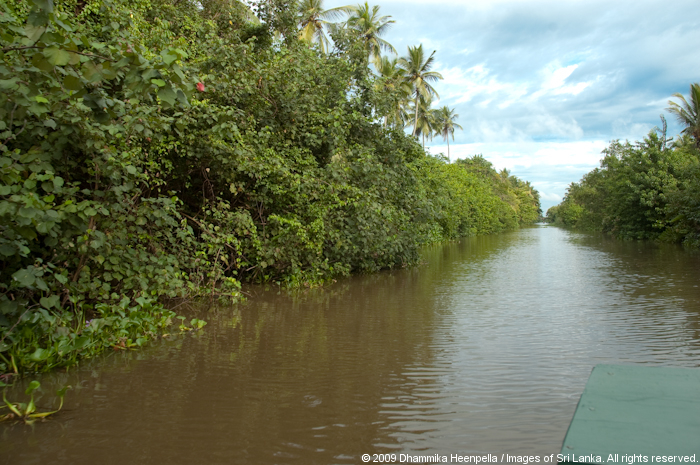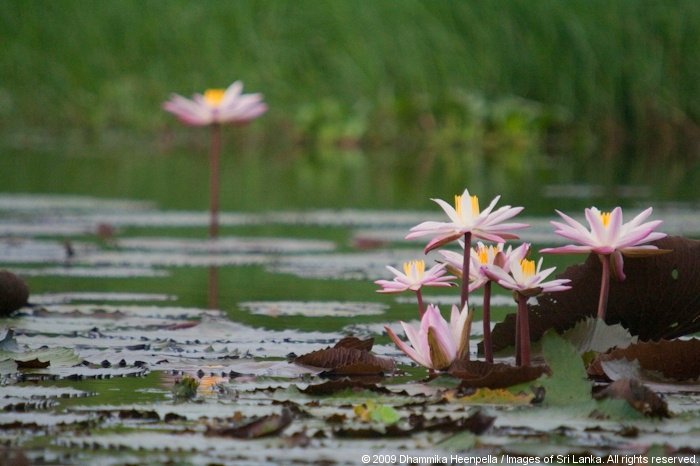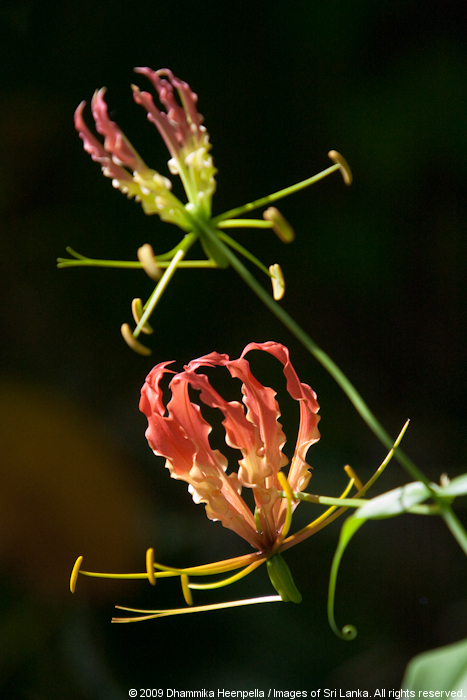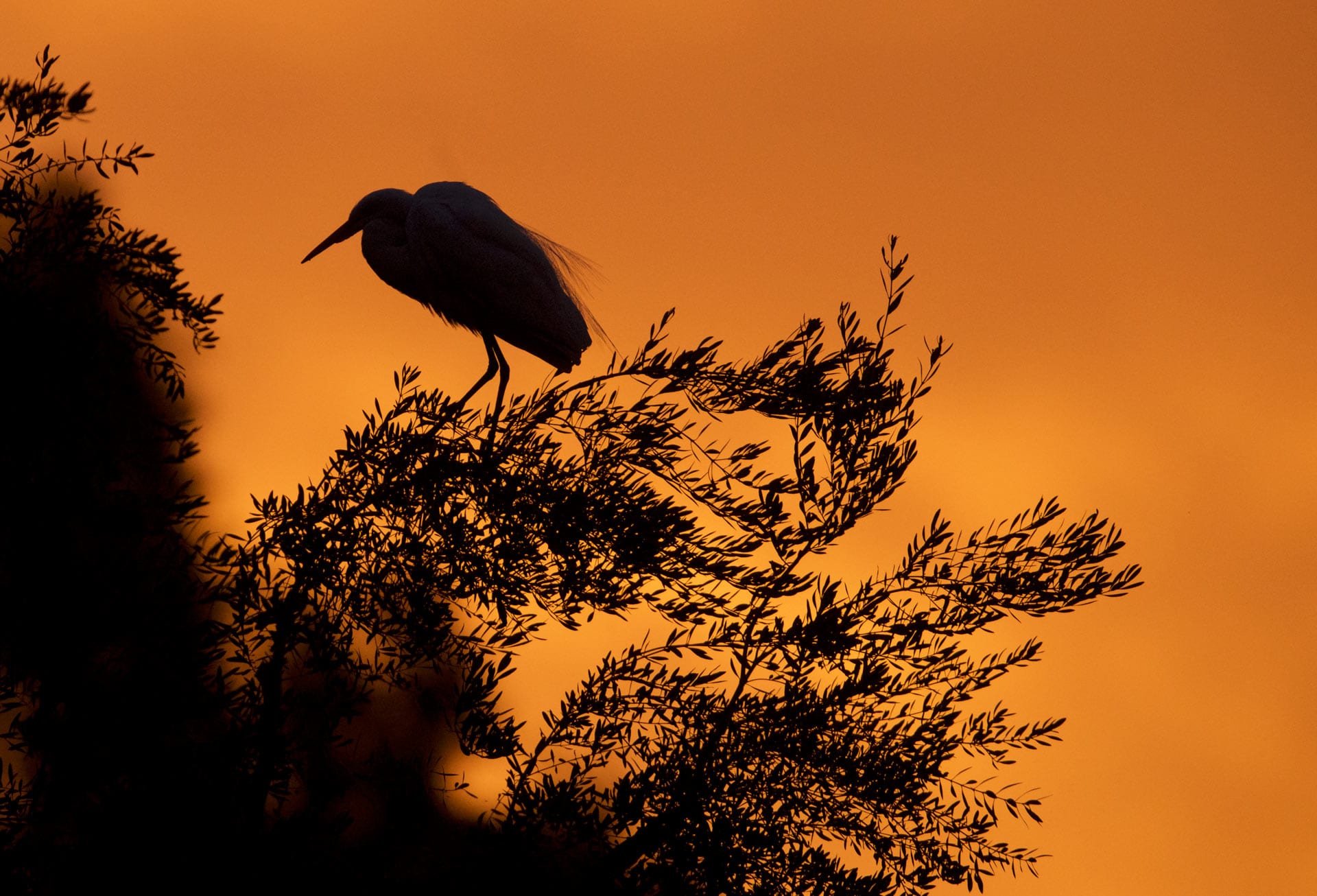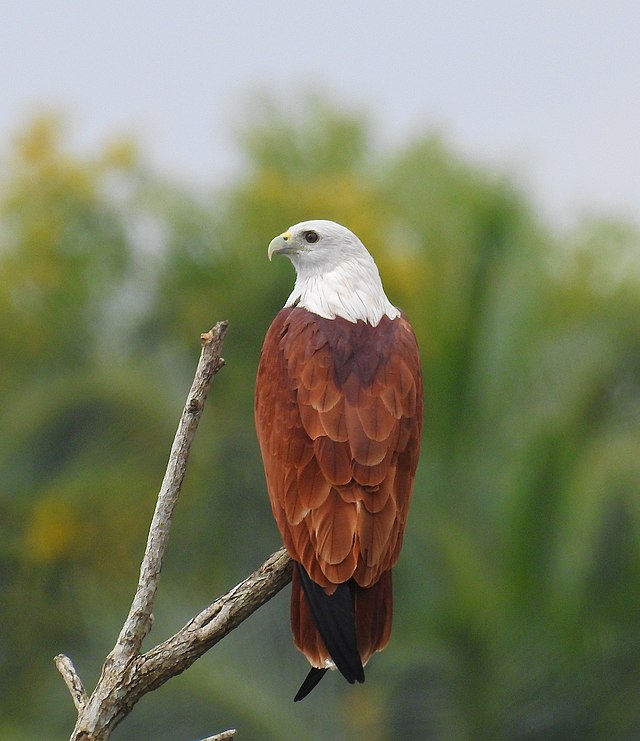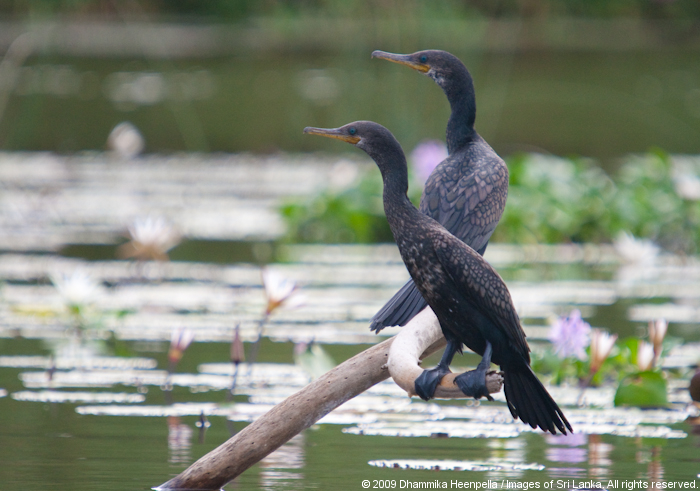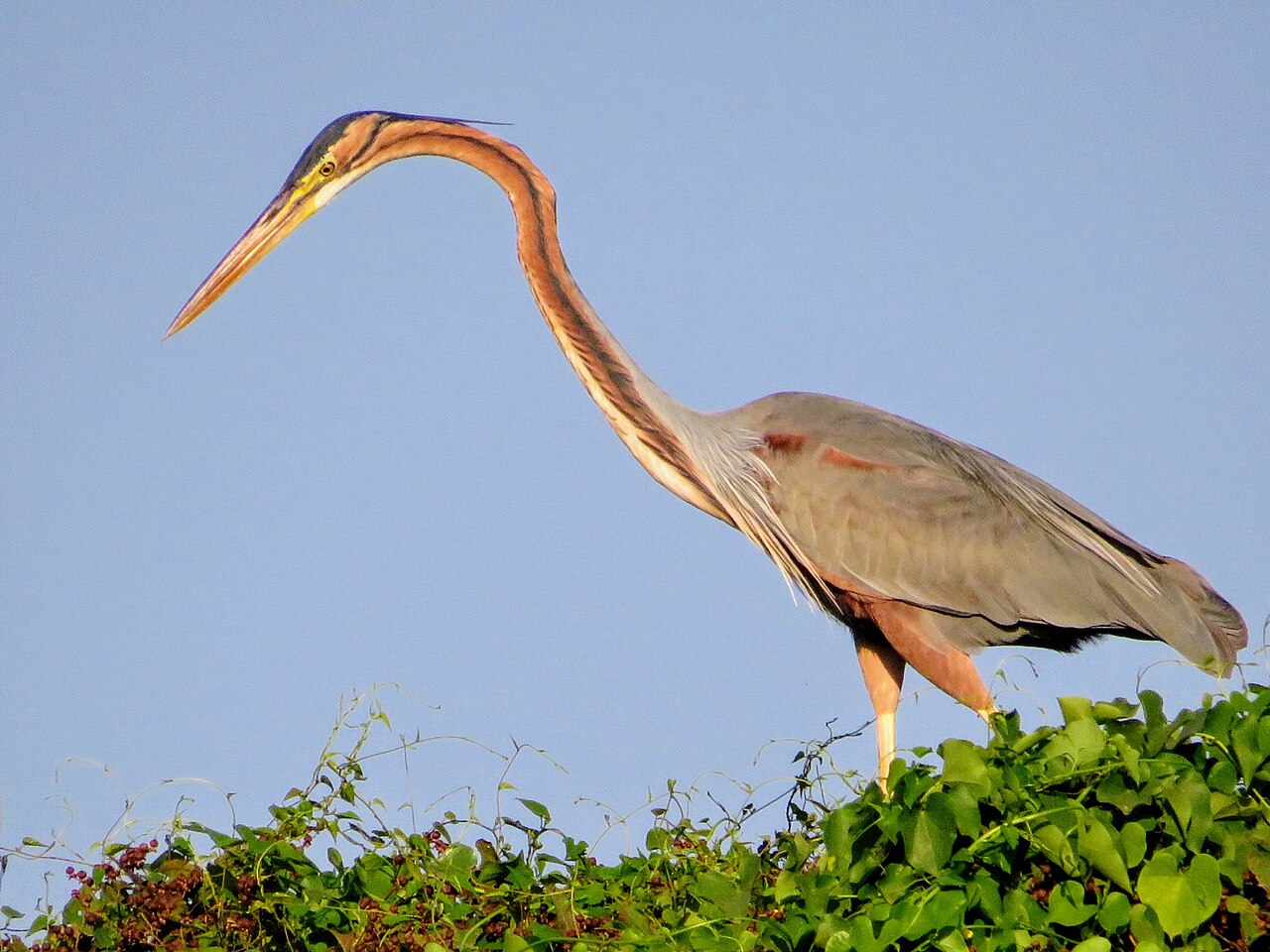Just 30 kilometers north of Colombo lies the vast and mysterious Muthurajawela Marsh. Spanning over 3,000 hectares, Muthurajawela is the largest coastal peat bog in Sri Lanka; from vibrant birds to rare reptiles, this marsh is a haven for nature enthusiasts and a vital part of the local ecosystem.
It’s a hidden gem for tourists, offering a peaceful escape from city life and an exciting chance to explore the untamed beauty of Negombo Lagoon.
The Geography and Origins of Muthurajawela Wetlands
Muthurajawela is Located just a 30-kilometer drive north of Sri Lanka’s capital, Colombo. This vast wetland sits quietly along the southern edge of the Negombo Lagoon. The proximity to the lagoon and the Indian Ocean creates a unique environment where fresh and saltwater meet, contributing to its rich biodiversity.
This Muthurajawela marsh covers 3,068 hectares, or about 7,580 acres, making it the largest saline coastal peat bog in Sri Lanka. This expansive stretch of wetlands is home to countless species of plants and animals, many of which thrive in the region’s mix of brackish water.
Do you know how old Muthurajawela is? Muthurajawela Marsh has existed for roughly 7,000 years. Long before modern civilization, long before humans even thought about cities, Muthurajawela was already forming, shaped by the natural ebb and flow of the ocean tides.
Why Is Muthurajawela So Unique?
Muthurajawela wetland is recognized as one of the 12 priority wetlands in Sri Lanka. What makes it so unique is how it blends saltwater from the ocean with fresh water flowing from inland, creating a brackish environment that supports an incredible variety of life.
The marsh is home to 192 species of flora and 209 species of fauna, including birds, reptiles, amphibians, and even the elusive slender loris.
The biodiversity here is so rich that scientists and conservationists have deemed it a “biological hotspot.” It’s like a natural buffet for wildlife, offering shelter, food, and breeding grounds to species that might not survive elsewhere. Some species that thrive here are endemic, meaning you won’t find them anywhere else in the world.
What Makes the Marsh a “Royal Treasure”?
The name “Muthurajawela” sounds grand, doesn’t it? That’s because it translates to “Swamp of Royal Treasure.” Thousands of years ago, when Sri Lankan kings ruled these lands, the marsh was considered a precious resource. It supplied water, supported local agriculture, and acted as a natural barrier against coastal erosion.
Over time, this wetland became even more valuable as people realized how vital it was for maintaining ecological balance. From its ability to absorb floodwaters during heavy rains to serving as a natural filtration system that cleans the water flowing through it, Muthurajawela has earned its royal status. Muthurajawela wetland in Sri Lanka is one of the 12 priority wetlands in the Western Province. It is an integrated coastal wetland with a unique and highly diverse ecosystem.
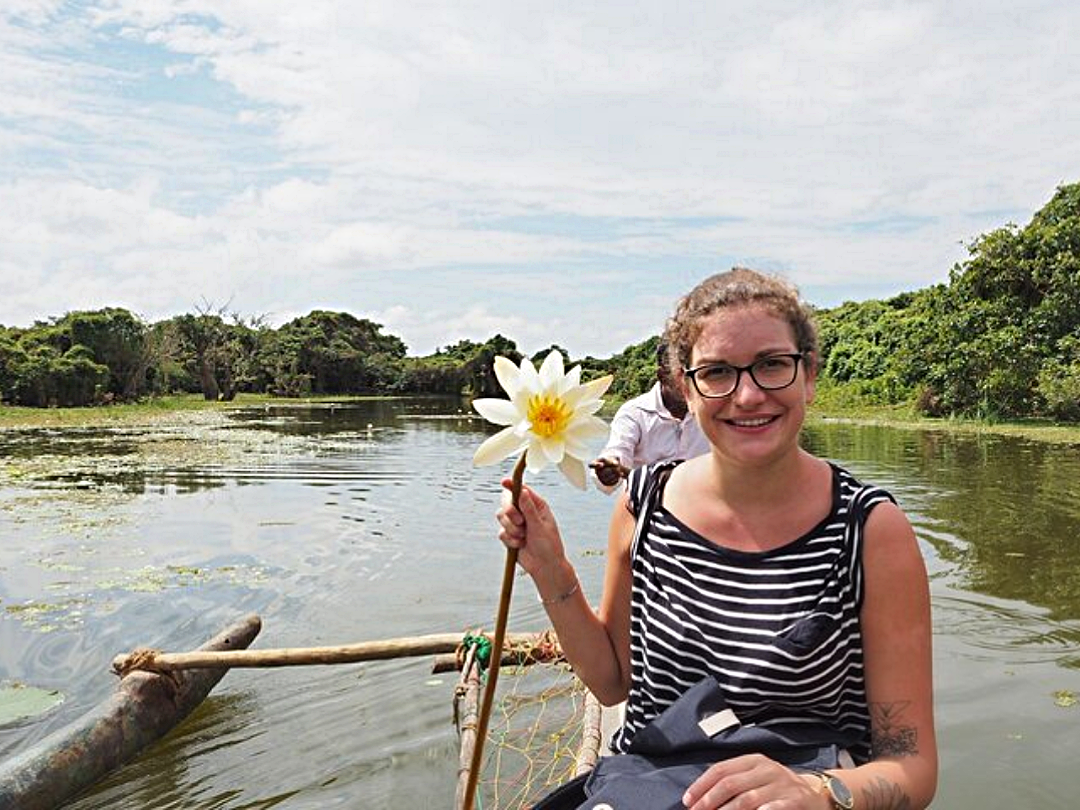
The marsh is a “royal treasure” due to its rich biodiversity and its vital role in preserving the local ecosystem. – tripadvisor.com
A Sanctuary for Flora and Fauna
In 1996, the northern section of the Muthurajawela marsh, which covers a massive 1,777 hectares, was declared a wetland sanctuary under the Flora and Fauna Protection Act. By designating it a sanctuary, the authorities ensured that this ecological gem could continue to thrive for the living creatures and future generations to admire and benefit from. This protection has helped limit human interference and commercial development, allowing nature to take the lead.
The Flora of Muthurajawela
So far, 94 different species of flora have been identified in Muthurajawela, spread across seven distinct vegetation types. It encompasses habitats like marshes, lactic flora, shrublands, reeds, swamps, grasslands, stream banks, and mangrove forests.
The marsh is like a living laboratory of plant life, with 194 species recorded across 66 families, including the endemic Phoenix zelanica. Shrublands dominate with 115 species, while mangrove forests and stream banks each host 23 species.
Whether you’re into dense forests, swampy reeds, or towering mangroves, Muthurajawela has it all.
Vegetation Types
The vegetation types here are as varied as they come. First, there’s the marsh—wet and wild, with plants that can survive in both fresh and brackish water. Next, the shrubland is home to a mind-boggling 115 plant species, offering a dense, green carpet of life.
The reed sections are equally fascinating, with plants that thrive in waterlogged conditions. Then you’ve got the swamp, where things get even more interesting with plants that can handle being submerged for long periods.
Grasslands offer a more open landscape, while the stream banks are packed with trees and bushes that thrive in the wetter soil. Of course, the mangrove forest—with its tangled roots and hardy trees—is vital for protecting the coastline and providing a nursery for fish and other aquatic creatures.
The Fauna of Muthurajawela
Amphibians, Reptiles & Mammals
The marsh is home to 209 species of fauna, each more fascinating than the last. Amphibians here include 14 species, with four being endemic, and 5 of them are nationally endangered, making up 26% of the island’s amphibian species.
You’ll spot the Common Toad and Six-Toed Green Frog most frequently. Reptiles, accounting for 20% of the island’s reptile population, feature 31 species, including 6 endemics and 9 endangered ones. The most commonly seen are the Water Monitor, common garden lizard, and two gecko species. Although a dry zone species, the star tortoise occasionally shows up, too.
The marsh also hosts a breeding population of the endangered Eurasian crocodile, the largest reptile here. Other reptiles to keep an eye out for are the Indian Python, Spectacled Cobra, and Russell’s Viper. Muthurajawela is home to 22 mammals as well, including the globally threatened gray slender loris and the elusive fishing cat, which you might be lucky enough to spot.
Birds of Muthurajawela
In a previous article, we talked about bird watching in Negombo. With over 102 species of birds, 19 of which are migratory, the area is home to one endemic species, and the diverse vegetation and aquatic habitats create an ideal eco-zone for various birds.
The wetland birds are some of the most captivating, with species like the Little and Indian Cormorants, Cattle and Intermediate Egrets, and the magnificent Purple Heron making their homes here.
Other notable wetland birds include the Indian Pond Heron, Little Green Heron, Black-crowned Night Heron, Black Bittern, Yellow Bittern, Chestnut Bittern, Black-headed Ibis, Asian Open-bill, Little Grebe, Lesser Whistling Teal, Pheasant-tailed Jacana, White-breasted Waterhen, Purple Swamphen, Water Cock, and Common Moorhen.
The forest is alive with migrants like the Indian Pitta, Blue-tailed Bee-eater, Asian Paradise Flycatcher, and many others, along with resident species such as Spotted Doves and Sri Lanka Green Pigeons. Then there are the resident waders, such as the Red-wattled Lapwing and Eurasian Thick-knee, who spend their days probing the wet ground for food. Kingfishers, always a favorite, can be seen darting through the water in flashes of blue and green, including the White-throated, Stork-billed, Common, and Pied Kingfishers.
A rare winter migrant, the Black-capped Kingfisher, has also been recorded here. Birds of prey like the Brahminy Kite, white-bellied sea eagle Shikra, and migratory Western Marsh Harrier and Pallid Harrier are also recorded in Muthurajawela. The forest birds are no less attractive, with doves, cuckoos, and parakeets adding their splash of color and sound.
Butterflies in Muthurajawela
We shouldn’t forget about Butterflies And Dragonflies too in Muthurajawela. There are 48 butterfly species noted in this area, and while none are unique to the region, six of them are classified as nationally endangered. Among the butterflies you’re most likely to see fluttering around are the Blue Glassy Tiger, the Glassy Tiger, and the Tailed Jay.
Endangered and Indigenous Species
Muthurajawela is a sanctuary for some of the most endangered and rare species in the world. Take the Grey Slender Loris, for example—a small, nocturnal primate that is globally threatened. Its survival depends on the protection of places like this marsh.
Similarly, the marsh is home to several endangered bird species, such as certain waders and migratory birds. Among reptiles, the Eurasian crocodile is another endangered species that is safe in Muthurajawela’s waters.
Even the amphibians here are worth noting, with 14 species calling the marsh home, 5 of which are nationally endangered.


